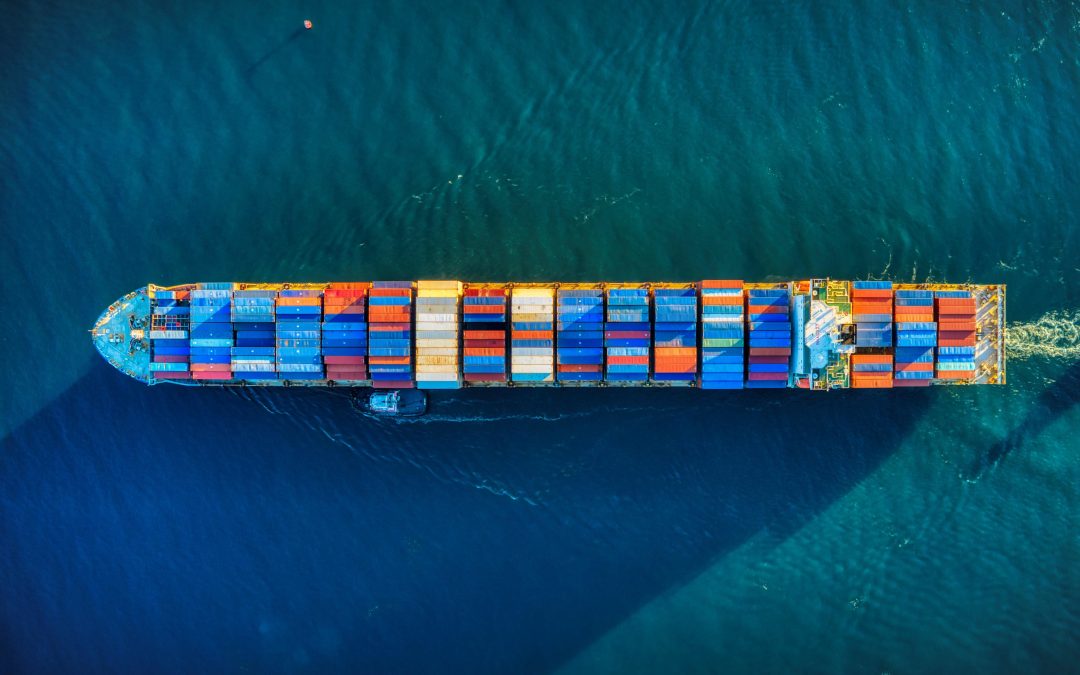The GEOEO North of Greenland 2024 Expedition, organised by the Swedish Polar Research Secretariat aboard the icebreaker Oden, has made history as the first vessel to reach the remote Victoria Fjord in North Greenland.
Data acquired on the expedition will be contributed to The Nippon Foundation-GEBCO Seabed 2030 Project, which seeks to inspire a complete map of the entire ocean floor by 2030.
The vessel left the Port of Thule – the world’s northernmost deep-water port – at the beginning of the month. The primary geographical focus region of the expedition is the Victoria Fjord in order to assess how much and how fast the ice sheet in North Greenland can contribute to the global sea-level rise.
Despite being faced with multiyear sea ice and pressure ridges the vessel – with its 40 researchers on board hailing from Sweden, USA, Denmark, Australia and Switzerland – was successful in reaching the remote fjord.
Professor Martin Jakobsson, co-Head of Seabed 2030’s Arctic and North Pacific Ocean Regional Center, is one of the two Chief Scientists aboard Oden for the GEOEO expedition. He is joined by his fellow Center co-Head. Professor Larry Mayer, who is a Principal Investigator focussing on geophysical mapping on the expedition.
“This expedition will play a vital role in enhancing our understanding of this remote and sparsely explored area, with potential implications for global climate studies, future sea-level rise and our general knowledge of the Arctic environment,” said co-Chief Scientists Professor Martin Jakobsson and Professor Nina Kirchner.
Commenting on the achievement Seabed 2030 Project Director Jamie McMichael-Phillips said: “Reaching and mapping these uncharted waters is a remarkable achievement that greatly supports our mission at Seabed 2030. and helps develop our understanding of the ocean.
“We are hugely grateful that the GEOEO Team has included bathymetry within their wider research activities. Not only will this add valuable data to the definitive map of the ocean floor. but their work will undoubtedly highlight the critical importance of exploring these remote regions to better comprehend the challenges facing the planet.”
The GEOEO theme is organised around seven broad scientific goals, which will be addressed by several complementing work packages prior, during and after the expedition:
Unravelling the Late Glacial to Holocene history and dynamics of the N-GrIS
Providing new insight into the variability of the marine cryosphere of North Greenland and the
adjacent Arctic Ocean
Investigating the interaction between ecosystem community composition, anthropogenic dynamics and climate fluctuations
Quantifying ecosystem production and nutrient state in changing marine ecosystems north of Greenland
Mapping of the remote ocean frontiers
Mapping the presence of gas hydrates in marine sediments and gas in the water column and atmosphere
Numerical modelling of the ice-ocean-atmosphere-geodynamic system
All data collected and shared with the Seabed 2030 project is included in the free and publicly available GEBCO global grid.
Source: The Nippon Foundation-GEBCO Seabed 2030 Project






